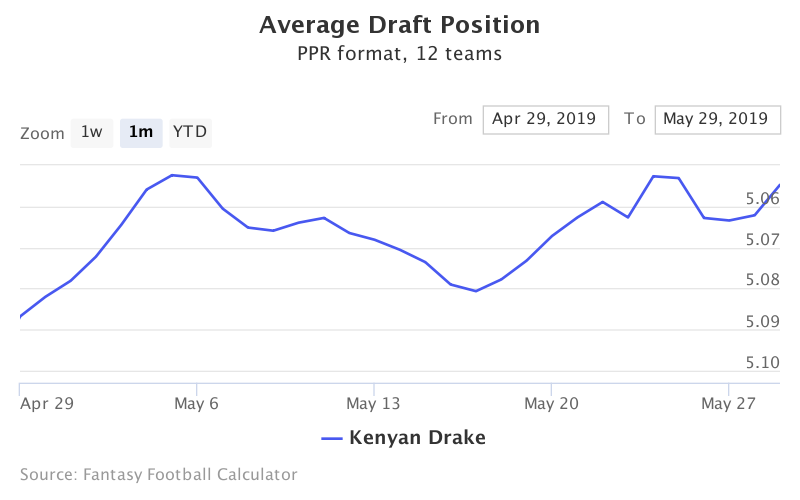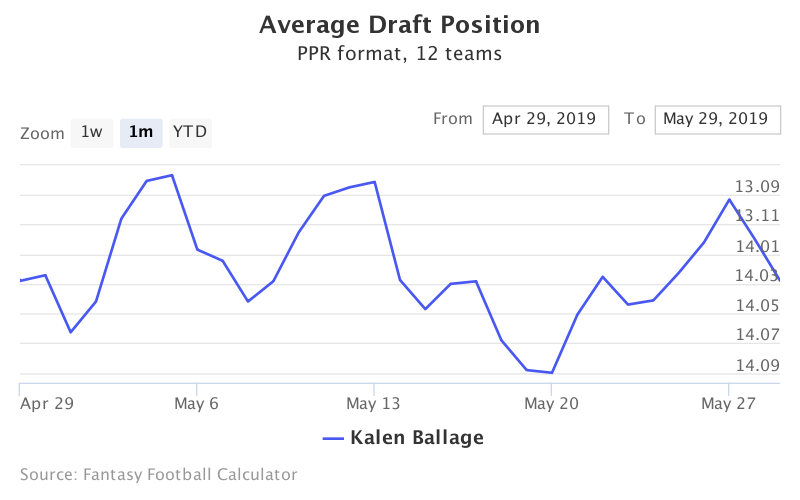Funny stories from the minor league bus rides
1,217 baseball players, both high school and college, heard their names selected in the 2019 MLB Draft. The glory of playing in the NCAA Tournament and College World Series will instantly be cashed in for a journey to the big leagues.
But that journey starts in the minor leagues, from the back fields in spring training facilities masquerading as a league to the various small towns in America to cites that look like they missed the cut.
Almost every matinee game ends with a long bus ride to the next venue. Those rides are the toughest part of the lifestyle but usually produce the best minor league stories.
“When you’re on the bus, you see all the crazy things guys try to do to find some sleep,” Marlins pitcher Pablo Lopez said in 2018. “I’ve seen guys in the compartments up top lying there. I’ve seen guys with blankets trying to make a hammock. They take memory foams and put it on the ground. Basically guys are smart when it comes to finding their sleep.”
Batavia Muckdogs third baseman Andrew Turner recalled a time during extended spring training when one teammate, Kobie Taylor played a prank on Milton Smith during an hour long bus ride to Port St. Lucie.
“Kobie Taylor made a Craigslist ad in Milton’s name and phone number saying that he was selling a bulldog,” Turner said. “Cutest dog I’ve ever seen in the picture, said he was selling it for about $200 because his family is moving and he can’t keep it anymore. We get on the bus after the game with the Mets and Milton has about 30 missed calls and about 35 text messages all from people saying they want to buy his puppy and Milton had no idea what was going on. The night went on, he said he got 15-20 more calls and texts all throughout the night and the next day Kobie told him and took down the ad so that was pretty funny.”
The best part about that prank was that Smith in fact does not have a dog. Got to be careful about those Craigslist ads.
Marlins pitcher Ben Meyer, who reached the big leagues last season but opened this season in Triple-A New Orleans, recalled a funny result of a long bus ride in the Single-A circuit.
“We’re bussing up to Lakewood, New Jersey, after a game at Greensboro, North Carolina in Low A and we had a sleeper bus,” Meyer said. “So I was on the floor of the bus in a little bed to sleep in. We pulled into the hotel at probably 3 a.m., and I was so passed out that none of my teammates woke me up. I was still asleep and all of a sudden my phone was going off an hour later. ‘Hey! Where are you?’ I’m still sleeping on the bus. I didn’t know everyone got off. I was underneath some seats, it was kind of a weird setup. But I blame my teammate because they knew I was down there and they didn’t wake me up. Everyone was half asleep so they didn’t realize I was down there.”
And that was with a bus ride that went according to plan. What happens when the bus breaks down halfway through a trip in the middle of nowhere? New York Yankees first baseman Luke Voit has that story from his time as a St. Louis Cardinals prospect in the Texas League.
“Our bus broke down in the middle of Arkansas,” Voit said last season, “and we had this church bus pick us up. We stayed at a church for three hours while we had to wait for another bus to come from Springfield to pick us up to take us another three hours. Our trainer went out and got us like 100 Taco Bell tacos and so we sat at this church for 3-4 hour eating Taco Bell and playing cards. We didn’t get back until 10:00 in the morning.”
The season’s still young so there are more funny minor league stories to tell.
















